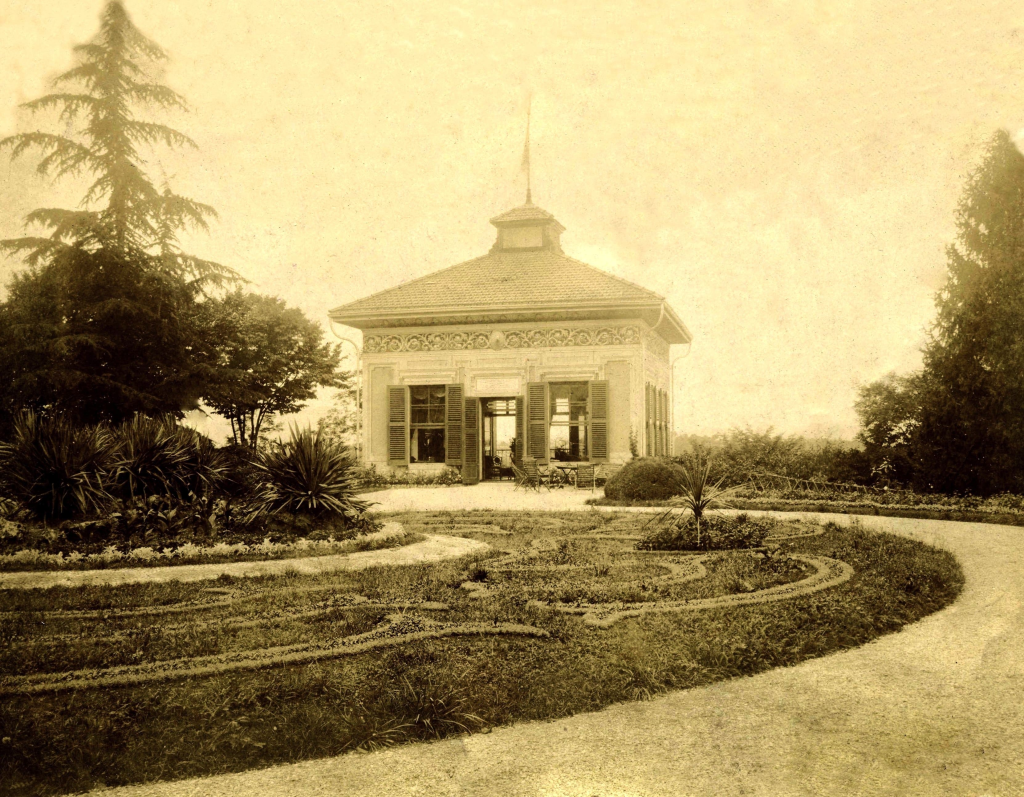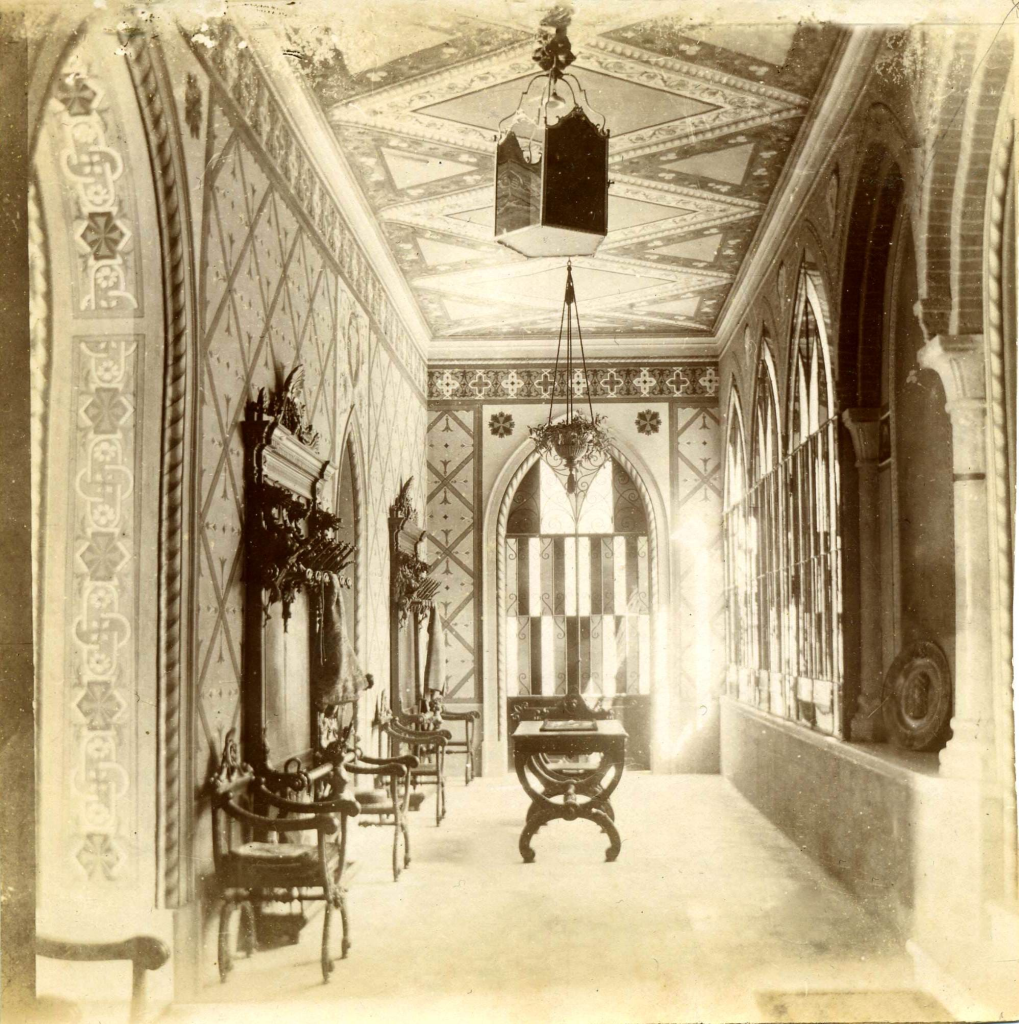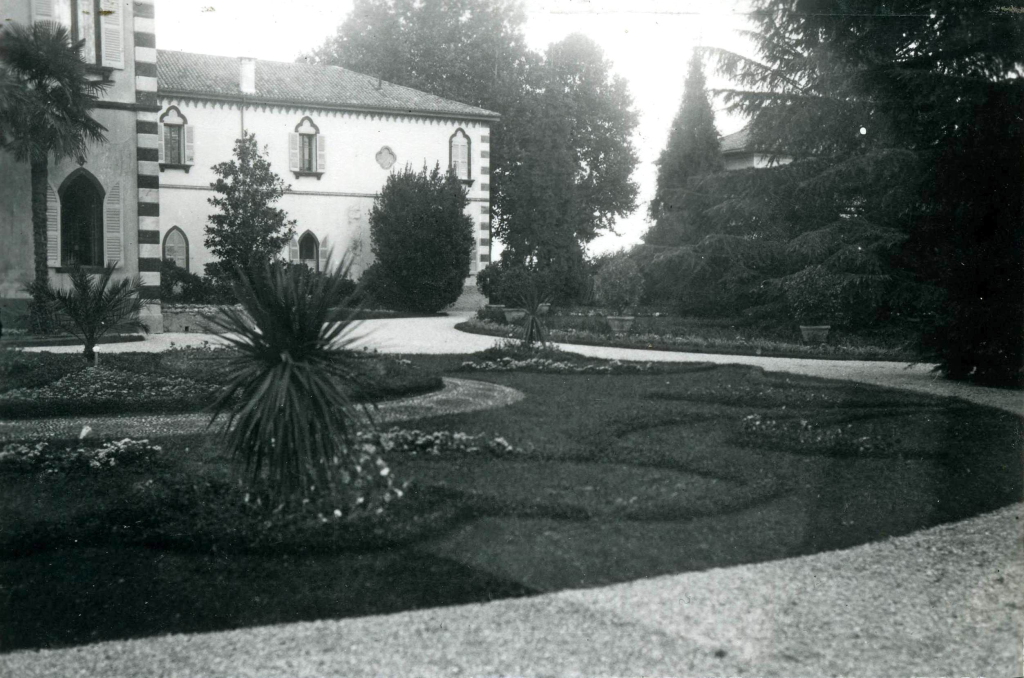As Count Francesco Miniscalchi Erizzo died in 1875, the villa was inherited by his daughter Alfonsa, married to Count Carlo Alberto degli Albertini. Those years, Villa Albertini (as it was called back then), saw its greatest splendor as a private residence. The countess led various restoration and embellishment works, striving to reach an almost royal elegance. The garden was the most curated of the entire Quartier del Piave region. But then came the terrible war of 1915-1918.



Vidor was the war theatre of the first blockade on the Piave of November 1917, but managed to be largely saved… until the last week of war. As the enemy, who had occupied the villa as their general quarter, was retiring, the Italian forces received the order to raze the village to the ground in order to allow the Italian troops to cross the river into it without any risk. The result was a catastrophe. Nothing was spared…
At the beginning of the war, the abbey served as a military hospital, however, after the battle of November 1917, it fell into Austro-Hungarian hands. It is said that the emperor Karl of Austria himself came to personally pick the most important treasures to be sent back to Vienna on the back roads. During the last week of the war it was almost completely destroyed. What miraculously was saved was the cloister, most of the church and the chapter hall, as well as few internal walls that may still carry some little visible frescoes.



Upon her return to Vidor, Countess Alfonsa immediately picked up work to rebuild the villa, as was the intention of her dear son, who managed to survive the war but not the Spanish flu that hit him right as the war was ending. Holding that mission close to her heart, she initiated the reconstruction works while living in a wood barrack in the gardens.

At her death in 1926, the villa passed to her daughter Margherita, married to general Augusto Govone, who wholeheartedly continued the project of her mother. It was impossible to go back to the original splendor, too much was lost. However, under the acute attention and the inspired conservative approach of the foreman, the illuminated Venetian superintendent Arch. Ferdinando Forlatti, the reconstruction works resulted in the building we see today – a structure much closer to its original proportions and medieval charm. Villa Albertini-Govone was then inherited by the countess’ grand-nephew, count Alberto da Sacco, who completed the works with necessary infrastructure interventions in the ’70s; from him it then passed to his son Giulio, who continues the conservation and restructuring works of the villa and the surrounding gardens.
